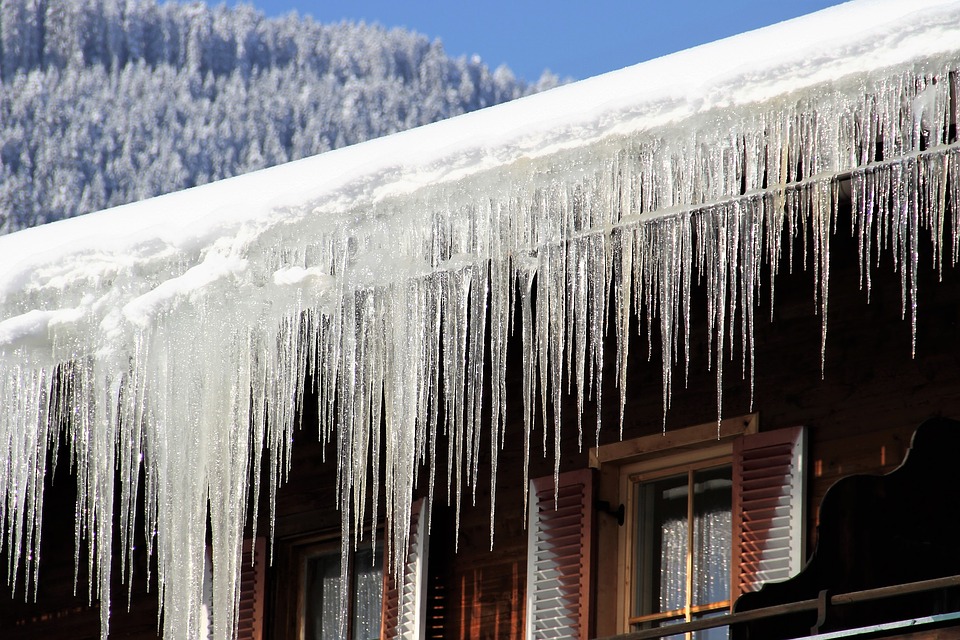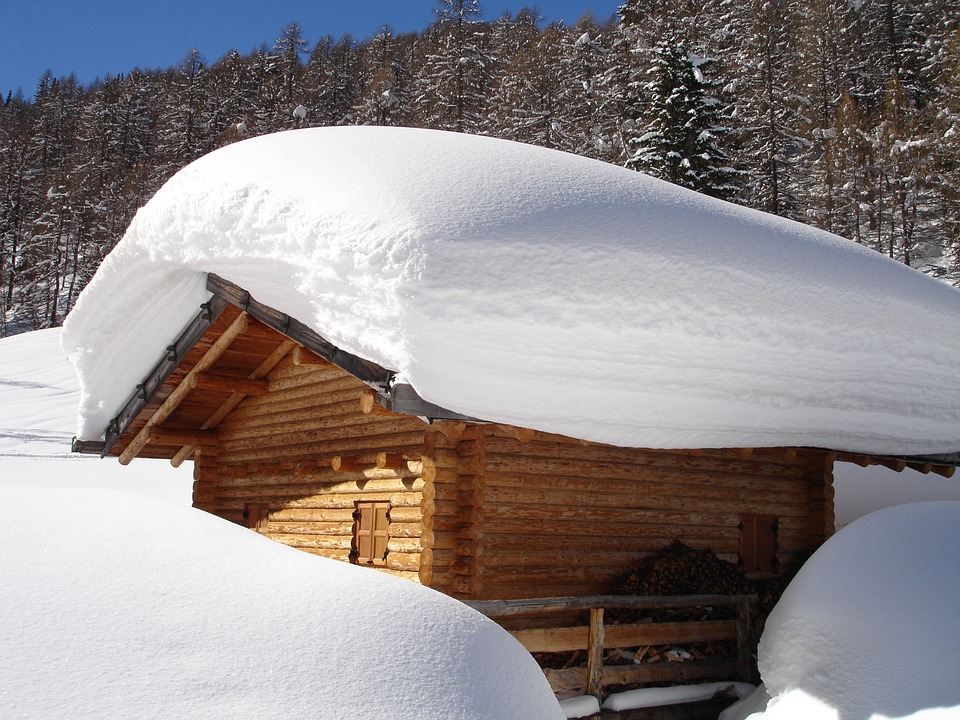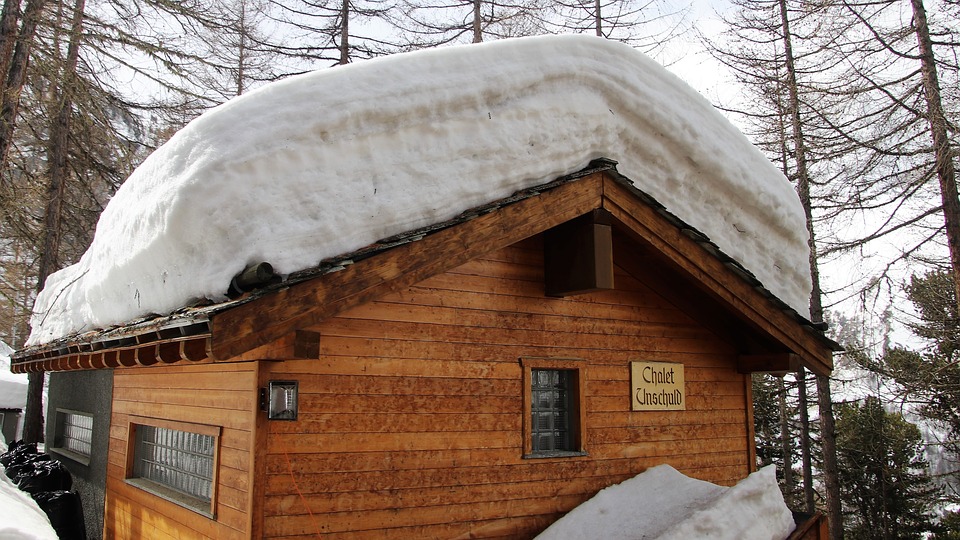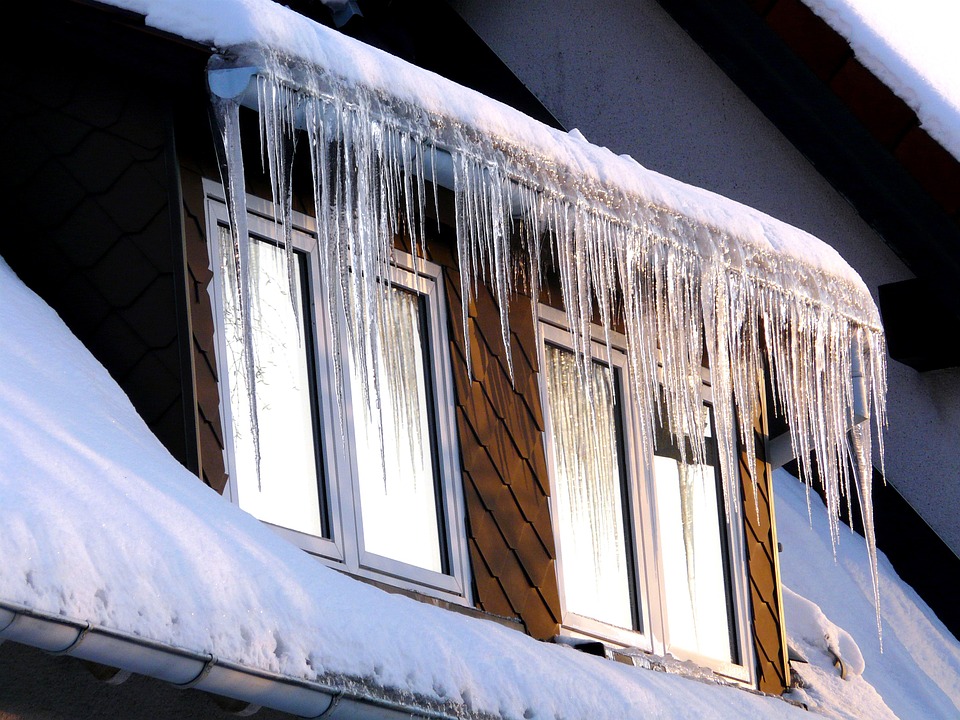The snowstorms in February dumped a total of 30.1 inches of snow in Ohio, which broke the previous 100 year record set in 1910 for total snowfall, in the month of February.
The February record snowstorms, in Ohio, caused a variety of problems for Central Ohio home owners, especially ice damming. I can’t remember ever seeing so many long icicles hanging from gutters of homes and businesses all around.
Ice Damming Advice for Ohio Home Owners from a Home Inspector

Ken Harrington, an ASHI Certified Home Inspector and owner of Kustom Home Inspection, shared the following information on how to properly deal with ice damming, in response to the many calls and emails he received from maintenance employees, real estate agents, real estate brokers, and homeowners wanting to know what to do about the icicles and snow on their roofs. Some home owners are experiencing leaks as a result of the ice damming.
Ken put together a list of Do’s & Don’ts that I hope will give you some guidance on these issues.
Don’t shovel snow off of the roof

First of all, never, ever, ever shovel snow off of your roof. Not only is it dangerous, but it could remove the outer layer, or granules, of the shingles and cause MORE damage than the snow. Don’t worry about the snow-load on your home. Most homes are built to withstand greater loads than what we have now, and that occasional creaking sound is most generally normal expansion and contraction of rafter joists or substrate materials.
Remove icicles from above frequently used doorways
DO remove the icicles from above doorways and areas that are used frequently by family members, but it is best to leave the rest alone. Their removal is not only dangerous, but you could damage the gutters and/or fascia board they are attached to. When water freezes it expands. Knocking the icicles loose could loosen the gutters and allow water to get behind them. During a freeze/thaw cycle it can exert hydrostatic pressure against the gutter system, forcing them away from the wall. When it thaws the water can leak between the gutters and the wall and can seep into the interior of your home through soffits and fascia.
Keep a constant eye out for gutter damage
With all of the weight from the snow and ice atop the gutters, you might experience some damage to the gutters, or they may loosen from the fascia. Be vigilant and keep a close eye on them, and have them repaired at the first sight of damage. When you do experience seepage onto an interior ceiling or wall, check your gutters in the area adjacent to the seepage first, but remember that water can and does travel along substrates before it finally drips.
Check around chimney flashings
The most frequent seepage from ice-damming is from around chimney flashings and other penetration points of the roof. So be sure to keep an eye on the area around that fireplace.
Keep downspouts clear
Of greater consequence is where the snow and ice goes once it begins to melt. If you have exposed downspout drains, or surface drains, DO keep them clear of snow and obstructions so the water can flow out away from the home.
Keep snow away from heat pump
If you have a heat pump, DO keep the snow banks cleared away from the base of the unit. These need airflow to work properly, and an accumulation of deep snow on and around the appliance can result in needless waste of energy and expensive repair bills.
Remove snow from foundation

If you are physically able, consider removing the snow away from around your foundation. 5 feet is the magic number that should allow enough space between the melting snow & your foundation to allow most of the water to seep into the ground & not against your foundation wall. Snow blowers are worth every penny for this use alone.
Remember safety precautions
Don’t put a ladder on a snowy surface. The ladder could slip and cause serious injuries. Leaks, gutters, and roofs can be repaired, the loss of limbs or life cannot.
Check your sump pump
DO check your sump pump. This little guy gets rid of all the water that seeps below the basement floor from this melting snow. If it is not working your basement could flood. If the sump discharges into the storm drain and the discharge line is tightly connected on the outside, leave it be. If it discharges on top of the grade, DO clear the snow from the area where it drains. This exercise helps prevent the water from freezing at the exhaust point, backing up in the discharge line and freezing and cracking the discharge line.
Sponsors: Towing Jacksonville Fl
3 causes of water seeping into basements
The 3 main causes of water seeping into basements most generally are: gutters, grading, and groundwater. We call them the 3G’s. We can see and assess two of the three, and if you do what you can to keep them in proper working order, you will be less likely to experience trouble and will minimize damage caused by them. Attached I have a cut-away view of the typical basement and drainage system of a home, as well as an illustration of one of the causes of damp basements. Hope this helps.
If you need to sell in Dallas, we buy houses for cash Dallas.
